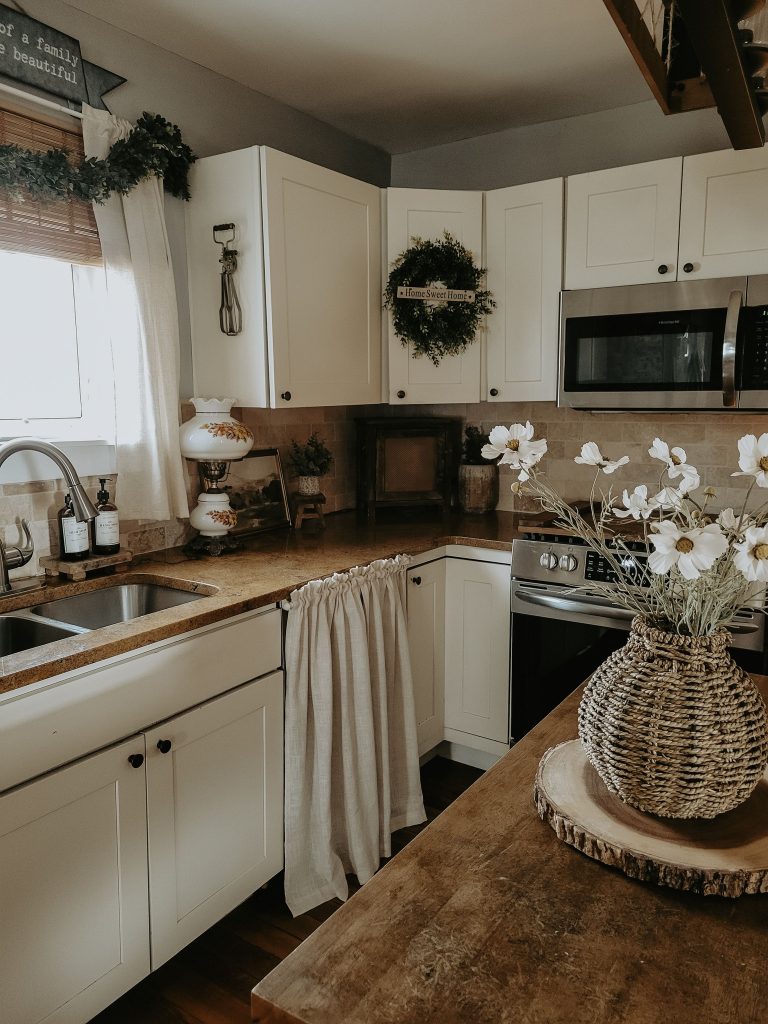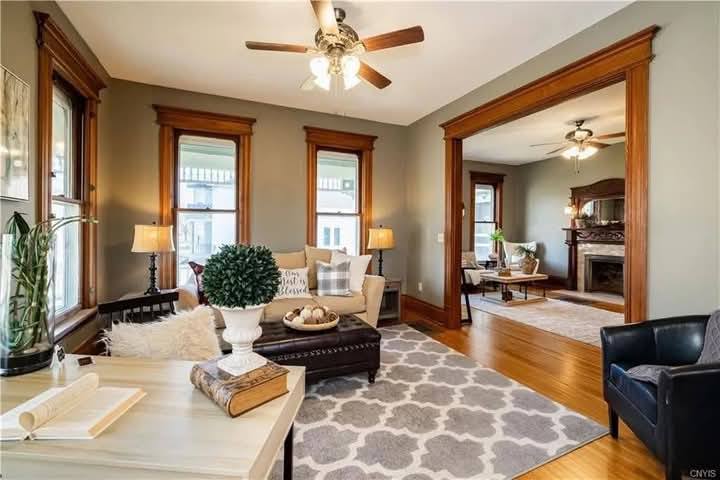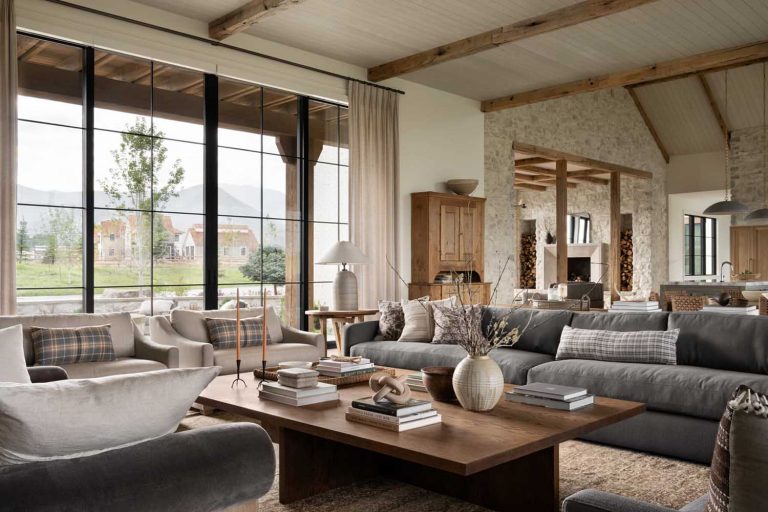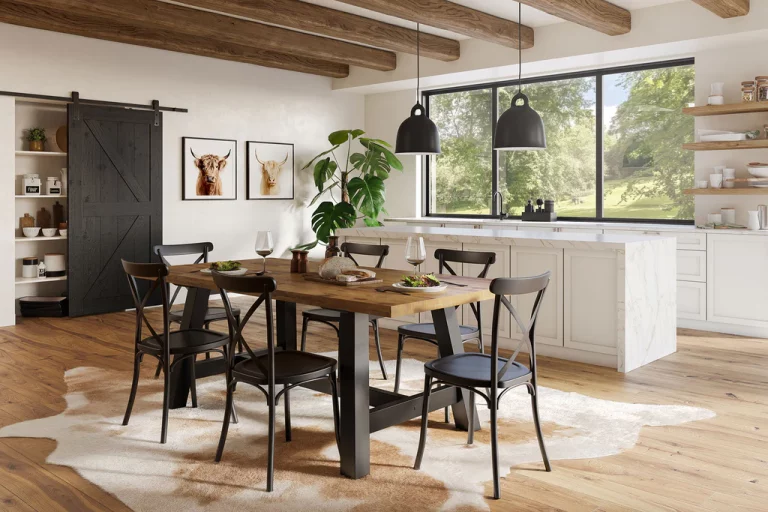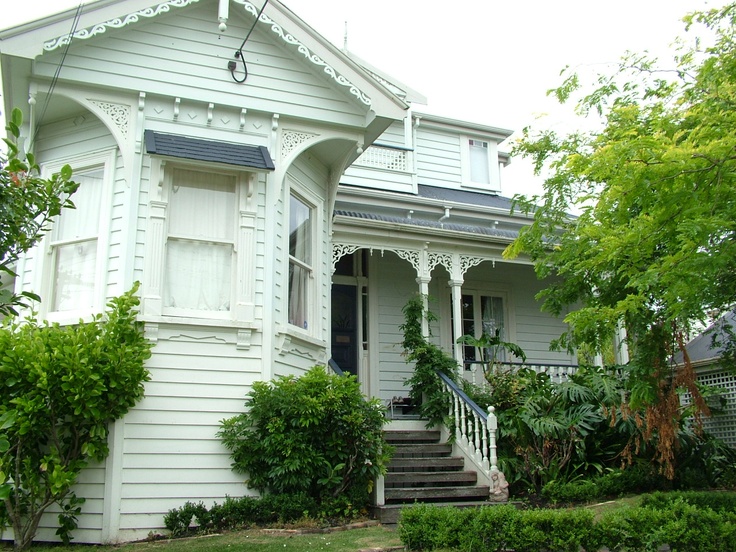Renovating an old house is an exciting and challenging process, especially when you own a home with historical significance. These old houses not only bring unique beauty but also contain profound stories and cultural values. However, renovating an old house requires skill to both preserve historical elements and upgrade the living space to meet modern needs. Here are some things you need to know when deciding to renovate an old house.
1. Understand the Historical Value of the House
Before starting the renovation, it’s crucial to understand the historical and architectural value of the house. Old houses often have special elements like wall structures, windows, doors, or decorative details that bear the marks of time. You should research the history of the house, the changes it has gone through over time, and identify important elements that need protection.
If the house is considered a heritage property, you must pay attention to legal regulations regarding renovation and the protection of historical elements. Contact heritage conservation experts or agencies for specific guidance. This will help you avoid losing the house’s historical value during the upgrade process.
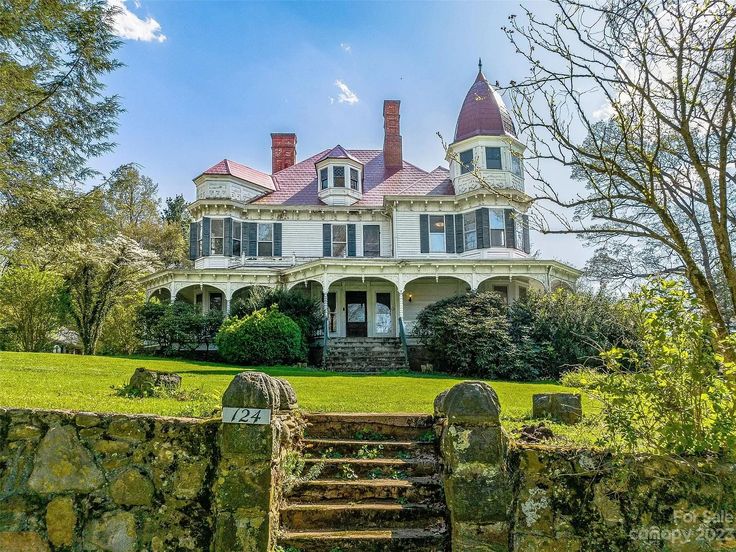
2. Choose Appropriate Materials
One of the key factors in preserving historical value is using suitable materials during the renovation. Old houses often have unique structures and materials, such as brick walls, traditional tile roofs, or original wooden interior details. Replacing these materials with modern ones could reduce the house’s historical value.
Look for similar materials or keep original elements during the renovation. This will not only help preserve the historical value but also maintain the house’s harmony with the original architectural style. If replacements are necessary for damaged elements, seek suppliers specializing in antique or similar materials.
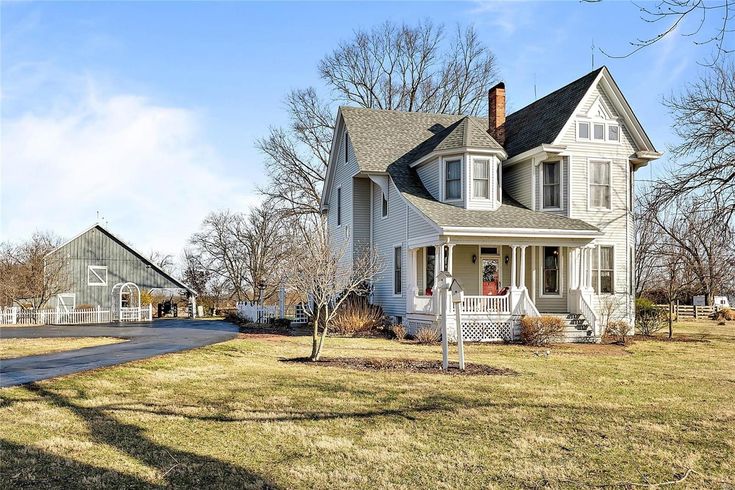
3. Preserve Important Architectural Details
Architectural details such as wooden windows, antique doors, spiral staircases, or carved ceiling details are often the elements that define the character of an old house. During renovation, you should pay special attention to preserving these details or restoring them if they are damaged. If it’s not possible to keep them intact, you can replicate these details to ensure the house still maintains its classic beauty.
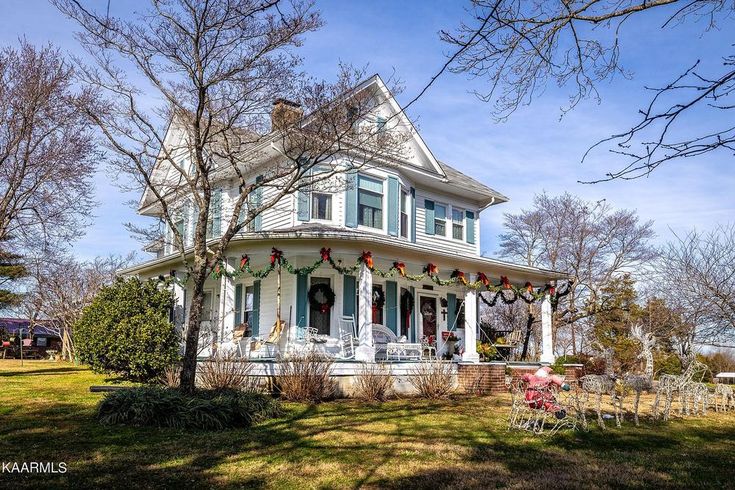
4. Ensure Sustainability in Renovation
Renovating an old house is not just about aesthetic upgrades; it also requires attention to sustainability and the long-term usability of the house. Carefully check basic systems like electrical wiring, plumbing, heating, and air conditioning. Sometimes these systems may not meet modern needs, but rather than replacing the entire system, you can renovate in a way that ensures modern functionality while preserving the original structure of the house.

5. Make a Detailed Plan
Renovating an old house requires a detailed plan to avoid unnecessary costs. Before starting, clearly define the renovation goals, timeline, and budget. You should also consult with conservation experts and architects to come up with a renovation plan that both protects the historical value and creates a comfortable, modern living space.
Renovating an old house is not only about refreshing the living space but also about preserving valuable historical and cultural values. With a well-thought-out plan, thorough preparation, and respect for the house’s identity, you can successfully renovate without losing its classic beauty. Make sure you do it the right way so the old house not only becomes more beautiful but also preserves its historical value over time.

